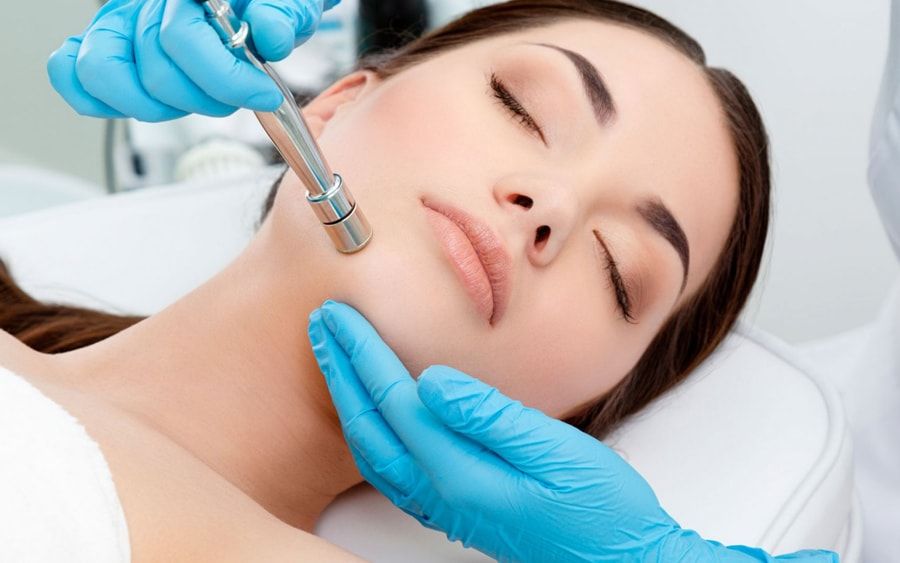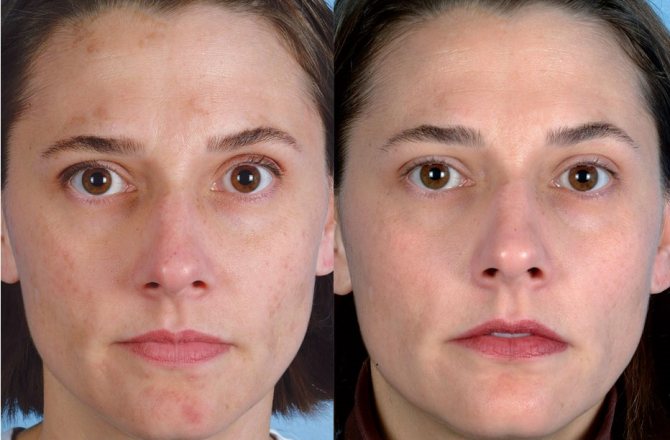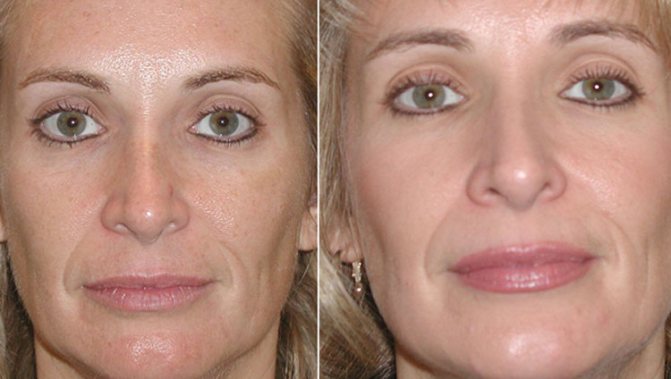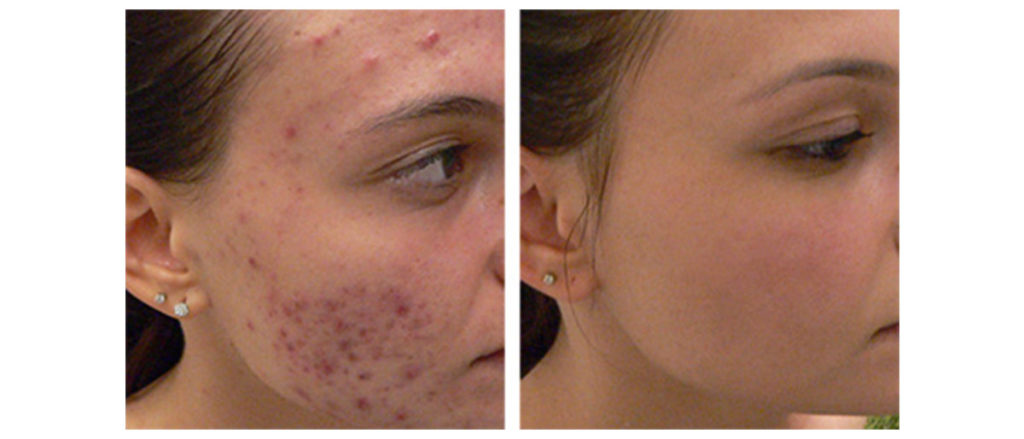
Since dermabrasion increases the sensitivity of the skin and decreases its barrier function, it is important
to observe a number of rules:
- Eliminate exposure to direct sunlight (use sunscreen, do not visit the solarium).
Limit physical activity causing sweat, which irritates the skin. Do not visit the bathhouse, sauna, pool,
wash with hot water.
- Avoid wiping with alcohol and other irritating agents.
- Do not use cosmetics and medicines containing acids, aromatic additives, scrubs.
- Do not apply makeup on treated skin.
- The duration of specific care and compliance with these restrictions is regulated by a cosmetologist and
depends on the depth of exposure and the individual characteristics of the patient’s skin.
How is the procedure done?
Almost any area of the skin can be subjected to treatment, most often it is the skin of the face, less
often – the décolleté, chest, arms, abdomen, hips.
The procedure is performed on pre-cleansed skin. The doctor moves the nozzle on the surface of the
skin to obtain the desired effect. The method allows you to well control the depth of exposure during
the procedure.
At the end of the procedure, a soothing mask or cream is usually applied to the skin.
After superficial microdermabrasion, slight reddening of the skin, passing within 1-2 hours, is noted.
With a deeper exposure, redness lasts longer, is accompanied by edema, the appearance of foci of
weeping, "blood dew" with the subsequent formation of crusts is possible.
The depth of exposure is chosen by the doctor depending on the problems being solved. Based on the
depth of skin sensation during the procedure, the condition of the skin after it, the length of the
rehabilitation period after microdermabrasion can be different.
Superficial microdermabrasion is a skin care procedure, and median and deep ones are medical and
cosmetic.














